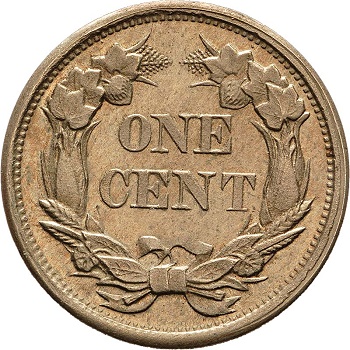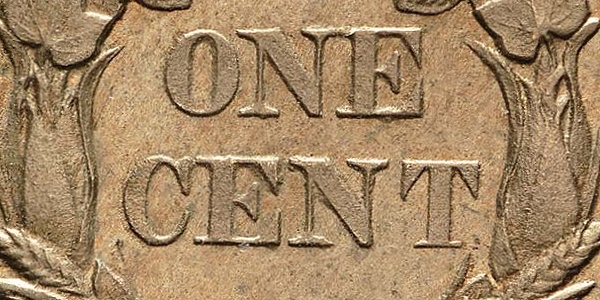Spark erosion counterfeit coins aren’t made very frequently anymore because they are easy to spot once you learn how.

Spark-Erosion Counterfeit 1858 Flying Eagle Cent
By Numismatic Guaranty Corporation (NGC) ……
This 1858 Small Letters Flying Eagle Cent was recently submitted to NGC for certification. It was immediately recognized as an older style of spark erosion counterfeit. Fakes of this type are seldom encountered today because they are not particularly deceptive. Since all spark erosion counterfeits share similar attributes, they are easy to spot if you know how.
 Spark erosion counterfeits are made using an electric current to etch a coin’s details into a steel die blank. An authentic coin or model is placed in an electrolytic solution beside a coin blank. When a current is introduced, it jumps from coin to die, creating a spark that melts away a tiny portion of the die blank. Eventually, a copy of the coin becomes etched into the die’s surface. Once the die is removed from solution, it is polished to smooth out the fields to a flat plane.
Spark erosion counterfeits are made using an electric current to etch a coin’s details into a steel die blank. An authentic coin or model is placed in an electrolytic solution beside a coin blank. When a current is introduced, it jumps from coin to die, creating a spark that melts away a tiny portion of the die blank. Eventually, a copy of the coin becomes etched into the die’s surface. Once the die is removed from solution, it is polished to smooth out the fields to a flat plane.
The mini-explosions that etch the die create a rough or granular surface throughout the design. Inevitably, raised lumps will also appear in the fields usually surrounding the devices (design elements). Because the field is polished smooth, spark erosion counterfeits often appear prooflike as they have slightly mirrored fields. Because it is not possible to smooth out the devices and legends in a similar way, the letters and design will appear rough when viewed under magnification.
On this 1858 Flying Eagle Cent, the roughness is seen throughout the eagle’s body, most prominently on the high breast feathers at top of its chest. A tell-tale lump of metal can be seen at 3:30 behind the eagle’s tail. The reverse is semi-prooflike. Numerous metal lumps are seen around the letters, specifically below the E in CENT and entirely surrounding the N in CENT. Also look around the periphery to spot lumps of metal near the dentils; can you spot any metal lumps that don’t belong?

Interested in more articles on Counterfeit Detection? Click here.




